
Traveling in Malaysia
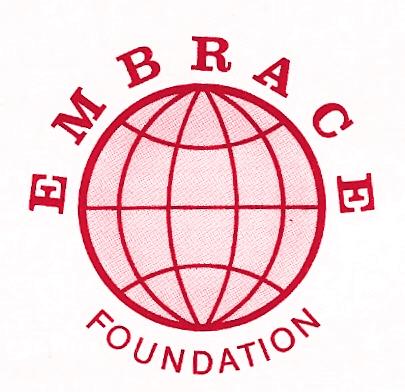
Embrace Foundation Retreat Center
Embrace.Foundation (skype messaging) - 011+1+212.675.4500 (New York)
Click to Email Us
Embrace Foundation is a non-profit,
educational foundation set up to create
better understanding between people of
different religions, cultures, traditions and
world philosophies.
Embrace Foundation works to bring leaders
and scholars of world-wide religions,
cultures and philosophies together by
sponsoring forums, seminars, lectures and
developing an international exchange
program. Embrace Foundation is particularly
concerned with reaching the world public
through the media.
Purpose
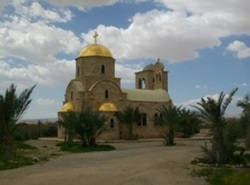
Donations
Embrace Foundation is an all volunteer
organization. All donations go directly to
programs.
Embrace Foundation does not and has
never given permission to any outside
organization to solicit or receive
contributions on our behalf.
All donations should be made to Embrace
Foundation only via Paypal or by mail. All
donations are tax deductible. A receipt will
be emailed to you. Please click on the Pay
Pal link below to Donate.
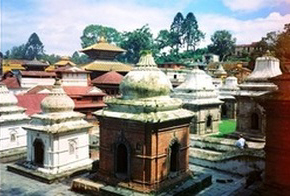
Travel As An Interfaith Act
Embrace encourages all who can do so, to
learn about other traditions and cultures by
traveling as “Grassroots Diplomats.” We
hope that people every where become life
long students of our world-wide humanity.
“ In every man there is something wherein I
may learn of him, and in that I am his pupil.”
R.W.Emerson
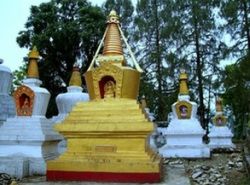

Embrace Humanity
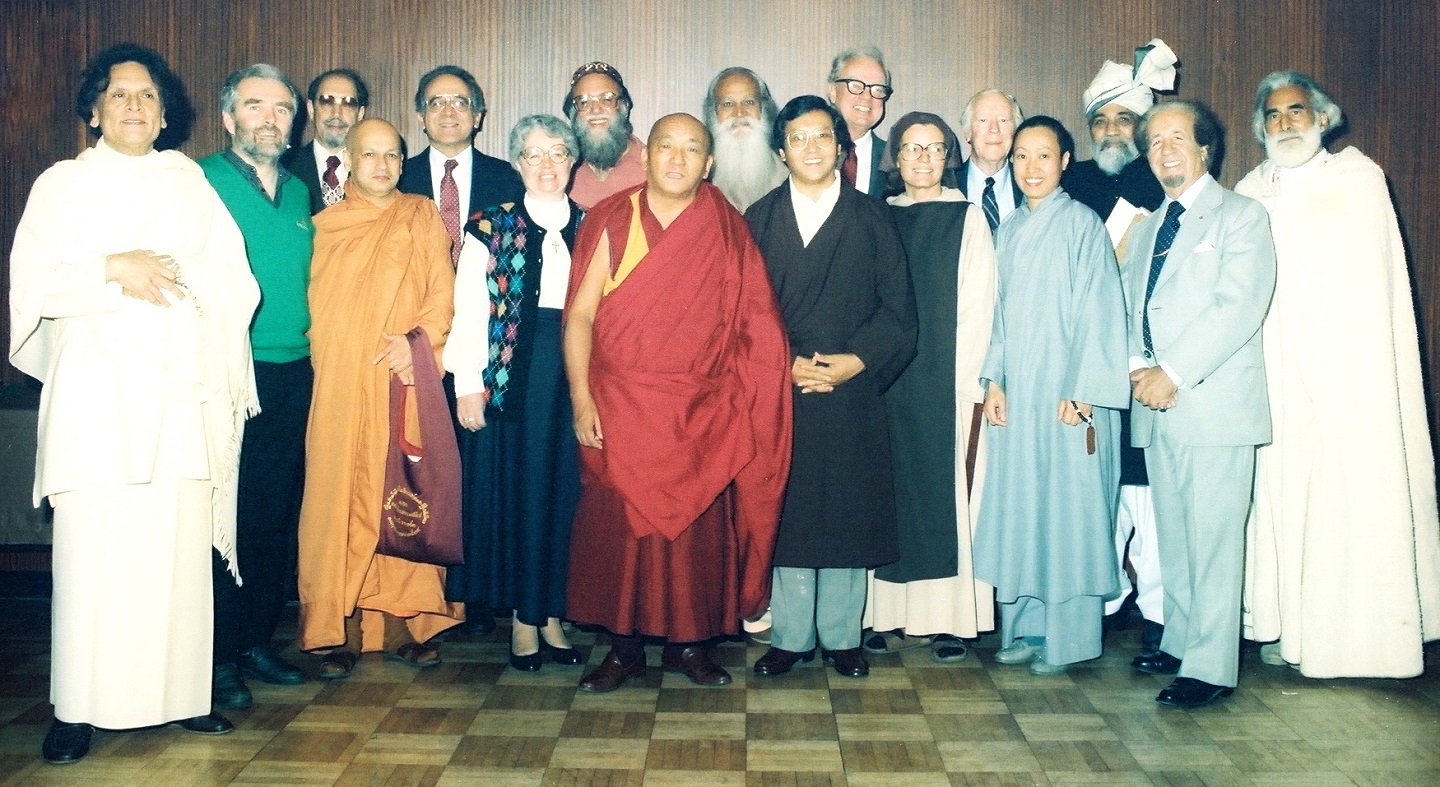
Great Visions - TV
Guests are: Swami Satchidananda &
the Rt. Reverend Dean Parks Morton
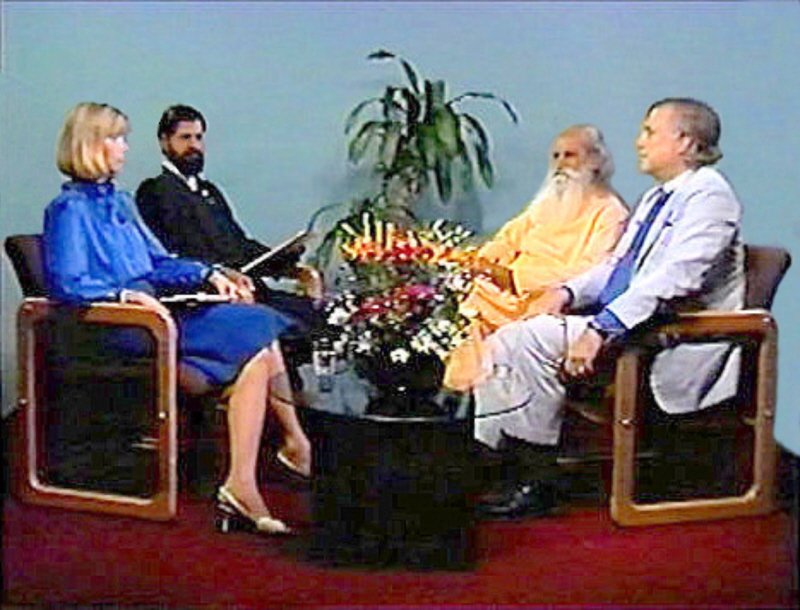
Thank you for making a donation.
- Great Visions TV
- Inspirations
- Media
- Possibilities
- Astrophysics, Quantum Physics & The Nature of Reality
- Deconstructing Nuclear Fission & Nuclear Waste
- Defense Industry as Community Builders
- Defense Industry As Energy Providers
- Global Water Shortages
- Innovative Technology
- Intelligent Communities & Development
- Pentagon & Non-Western Nations
- Recreating
- Resource Based Population
- Sharing Community Resources
- Protecting Human Rights
- Spiritual Ecology
- Syria
- Write to Us
Embrace Foundation International
TRAVELING IN MALAYSIA
The people of Malaysia; the native Malay, Chinese and Indian are free of pretensions and are exceptionally kind. Their
smiles are genuine and they are eager to be of assistance even in the large city of Kuala Lumpur. Malaysia is relaxed and I
don't think we've ever said it about anywhere else, it has an easy sense of fun, a great sense of “heart” seen most evidently
in the young people.
In many ways Malaysia and Singapore are truly bonded. In Singapore you see laughing Malay Muslim girls photographing
themselves in front of Chinese Temples while playing tourist and in Malaysia you see Singapore Chinese families and teens
touring through Malaka in such large numbers on weekends, that it is difficult to find space on the sidewalks.
You see a lot of students laughing coming or going to high school or university full of optimism and confidence. But even
young people at work, seem to have a vision of entrepreneurship, of living in a time that is filled with potential. The “Spirit” of
Malaysia feels as though it is on the cusp of a brand new future and everyone seems to share in this exuberance,
especially the young women. The number of bookstores and the number of languages available in bookstores is a positive
indication of the populations' appreciation of learning, expanding and growing in all ways.
Malaysia is an absolute delight for intercultural and interfaith tourism. Vibrant colors abound in a world hungry for beauty and
color. There has been a sincere effort to utilize urban planning and to preserve historical landmarks and it shows. Streets
are clean, (a few exceptions in Georgetown) parks are true refuges and greenery is seen throughout the large city of Kuala
Lumpur.
Malaka, Kuala Lumpur and Georgetown are all easy walking cities - with light and airy mosques, vibrantly red and gold (and
green and yellow) Chinese Temples, bright multicolored Hindu Temples and gentle old Churches. In Kuala Lumpur the
government has generously provided bright pink and white buses to transport people to a large number of desired tourist
destinations free of charge. Aside from prompt and well organized buses, there is also a clean, efficient and fast metro.
Don't make the mistake of judging a person to be of a particular religion or tradition due to their appearance or culture.
There are plenty of crossovers and to assume anything would be a mistake. For instance, in one Catholic convent we
stopped by, all the nuns are Chinese. For nearly a week once or twice a day for some unknown reason, we and everyone
else for blocks around were treated to the joyful sounds of a song from “Chitty, Chitt Bang, Bang” over loudspeakers we
identified as belonging to a very large Wesleyan Church. There are quite a lot of Methodists.
Malaysia has oil, so hopefully additional restoration/ painting will go into Malaka's famous UNESCO World Heritage China
Town. At the rate Chinese teenagers from Singapore eat ice cream, they would do well to add a few more ice cream
parlors- that for certain would not go broke. Also, Georgetown is in the throes of renovating vast sections of neighborhoods
and it will be a pleasure to have a few more cafes, as we are talking about very hot and humid (near the equator
temperatures) where a break now and then is truly necessary.
A practical note for travelers going to Malaysia and Singapore. These countries are hot and humid and rain is frequent. If
you look on a world map you will see that they are not far from the Equator. Everyone wears flip flops during the rainy
season and much of the rest of the year. If you don't you are going to have the inevitable job of trying to dry your shoes in a
hotel room or guest house (good luck) or packing them wet. Take flip flops, you'll be taking them off for many homes,
temples and mosques anyway and if you are going “high-end” put your dress shoes on once inside a building.
Another practical note for travelers going to anywhere in Southeast Asia, including Malaysia and Singapore. In all religions
in Asia, dressing modestly to enter any religious institution is necessary. It is not only a matter of religion but of culture. It is
disrespectful to disregard the traditions of people whose country you are traveling in. If you find it too much trouble to dress
appropriately, it is better you stay at home.
While Westerners may have the mistaken notion that Hindus and Buddhists don't care how you dress when you enter their
religious or spiritual places of worship they do. Hindus and Buddhists who have celibate monks and swamis are
sometimes more offended by thoughtless visitors dressed inappropriately, than Muslims who will generally be prepared at
the door to give you a head covering and an abeya. Men and women going to religious institutions should cover their
shoulders, the top of their arms, their midriffs and legs. If you are going to sit on the floor cross-legged or pray, loose pants
are appropriate, not exercise or bicycle shorts.
You pretty much do not need to worry about doing the right thing in a Mosque, because the women in the women'ssection
will generally take delight in teaching you how to do wudu or how to pray and what direction to pray towards, etc. The same
goes with the men.
However, in a Buddhist or Hindu Temple it is very important never to extend you legs while sitting towards the alter, the
Buddha or Deity. Usually, men and women sit on either side of an aisle, not together.
Also, Southeast Asian Theravada Buddhists are much stricter about their contact with women than other Buddhists. As a
woman, you can not hand items directly to a monk, even a young boy. The item should be set down and the monk then
picks it up. Contrarily, young boys in the Theravada Monasteries, who have left their Mothers are often a little homesick and
within the proper bounds love spending time with an adult female asking questions and trying to learn about the outside
world.
Churches, with Asian congregations will expect you to dress respectfully. If you do not, it is as if you are telling them you
have no respect for them or their church.
You will see hoards of young Chinese teenage girls with very short cutoffs in Malaka walking down the street. However, we
have never seen them dressed like that in any religious or spiritual institution, even in the Taoist or Traditional Chinese
Temples which are a lot more lax than all the others or even in Singapore which often dispenses with some traditions.

